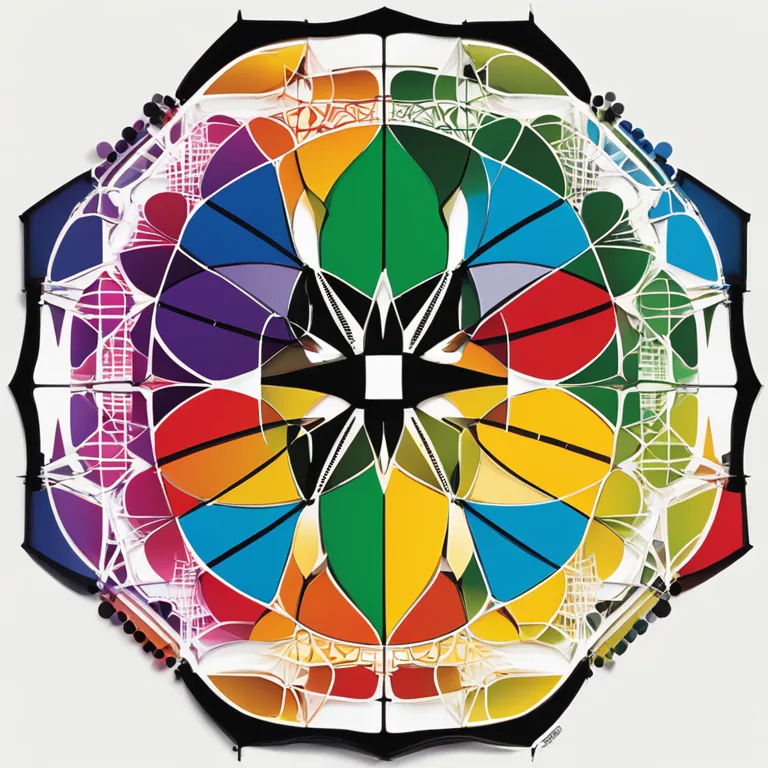
Mapping the Terrain of Biorhythms
Explore the concept of biorhythms, their origins, and their significance in our lives in this insightful article.
article by Adrian Wallace
The Essence of Biorhythms
Biorhythms are often visualized as invisible waves influencing our physical, emotional, and intellectual states. The theory suggests that from the moment of birth, these cycles begin to chart a path of highs and lows throughout our life. Each type of biorhythm has its own specific period: the physical cycle is 23 days, the emotional is 28 days, and the intellectual is 33 days. They are not anchored to physical locations; rather, they are dynamic, temporal patterns linked to our biological clock and are inherent in our being.

Historical Context and Modern Views
First introduced in the late 19th century, the concept of biorhythms has since woven its way through various cultural and scientific discussions. While modern science does not fully endorse biorhythms as a definitive influence on our well-being, the theory is still a topic of interest. Many contemporary enthusiasts use biorhythmic calculations as a guide for personal insight and lifestyle adjustments. The digital age has made tracking these rhythms more accessible, with mobile apps and online calculators.

Interacting With Our Biorhythms
Our interaction with biorhythms is mostly through conscious tracking and analysis. Advocates often assert that aligning activities with the favorable phases of these cycles can potentially enhance performance and overall happiness. Individuals may note patterns in their energy levels, decision-making abilities, and moods and consult their biorhythmic charts to explain or predict personal phenomena.

Biorhythms in the Holistic Arena
Within the holistic and wellness communities, biorhythms are frequently discussed along with practices like meditation, yoga, and mindfulness. These practices are deemed complementary as they promote self-awareness, a principal aspect of making the most out of one's biorhythmic cycles. Attuning oneself to these rhythms is seen as part of a holistic approach to well-being.

Scientific Scrutiny and Public Perception
The debate over the scientific legitimacy of biorhythms persists. Critics argue that there is a lack of empirical evidence supporting the influence of these cycles on one's daily life. Despite this skepticism, there is a persistent attraction to biorhythms in popular culture, often fueled by personal anecdotes and a desire for self-knowledge and control over one's destiny.
The Future of Biorhythmic Studies
Looking ahead, the study of biorhythms may benefit from advancements in biotechnology and a better understanding of our biological clock. The integration of biorhythmic insights with genetic profiling and personalized medicine is an area ripe for exploration. As we venture deeper into the nuances of our biological makeup, the enigmatic nature of biorhythms continues to enchant and provoke curiosity.
Published: 12/28/2023
Modified: 12/28/2023
More predictions
Come back here soon to learn more about yourself and your future


The Synergy of Biorhythm Compatibility
Delve into the intriguing concept of biorhythm compatibility to foster deeper connections and understand interpersonal dynamics.


Biorhythms Compatibility Calculator: Synchronize Your Cycles
Discover how a biorhythms compatibility calculator can help you sync with your partner's innate cycles for an enhanced connection.


The Intricacies of Biorhythms: A Detailed Guide
Delve into the mechanics of biorhythms and how they influence our daily lives, with insights into their practical applications and relevance.